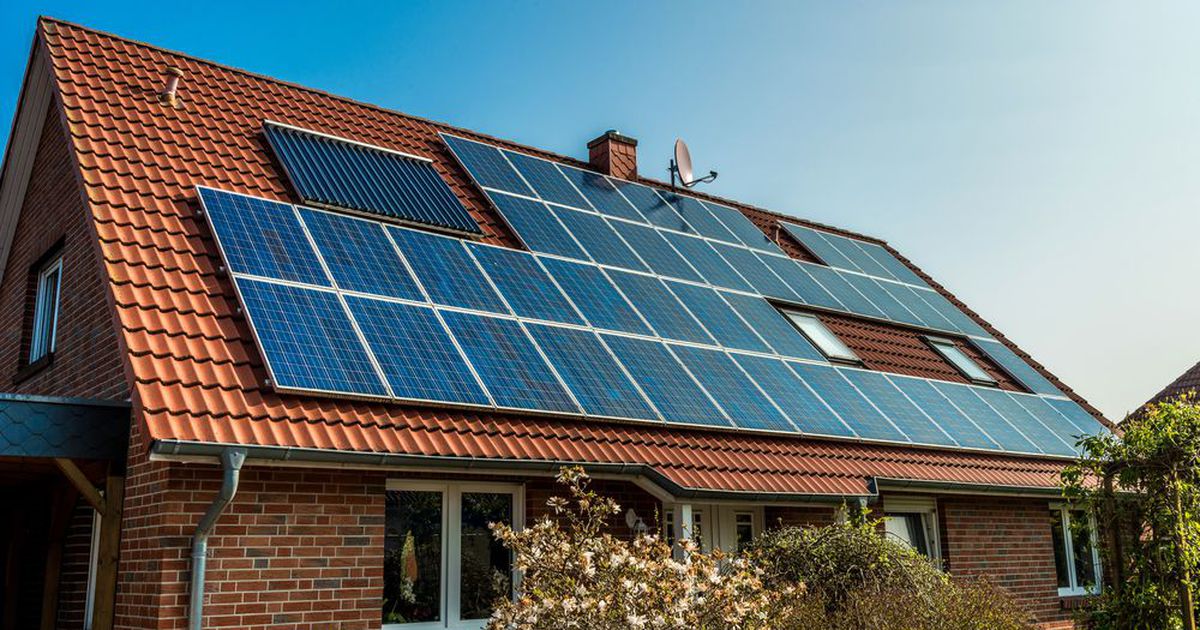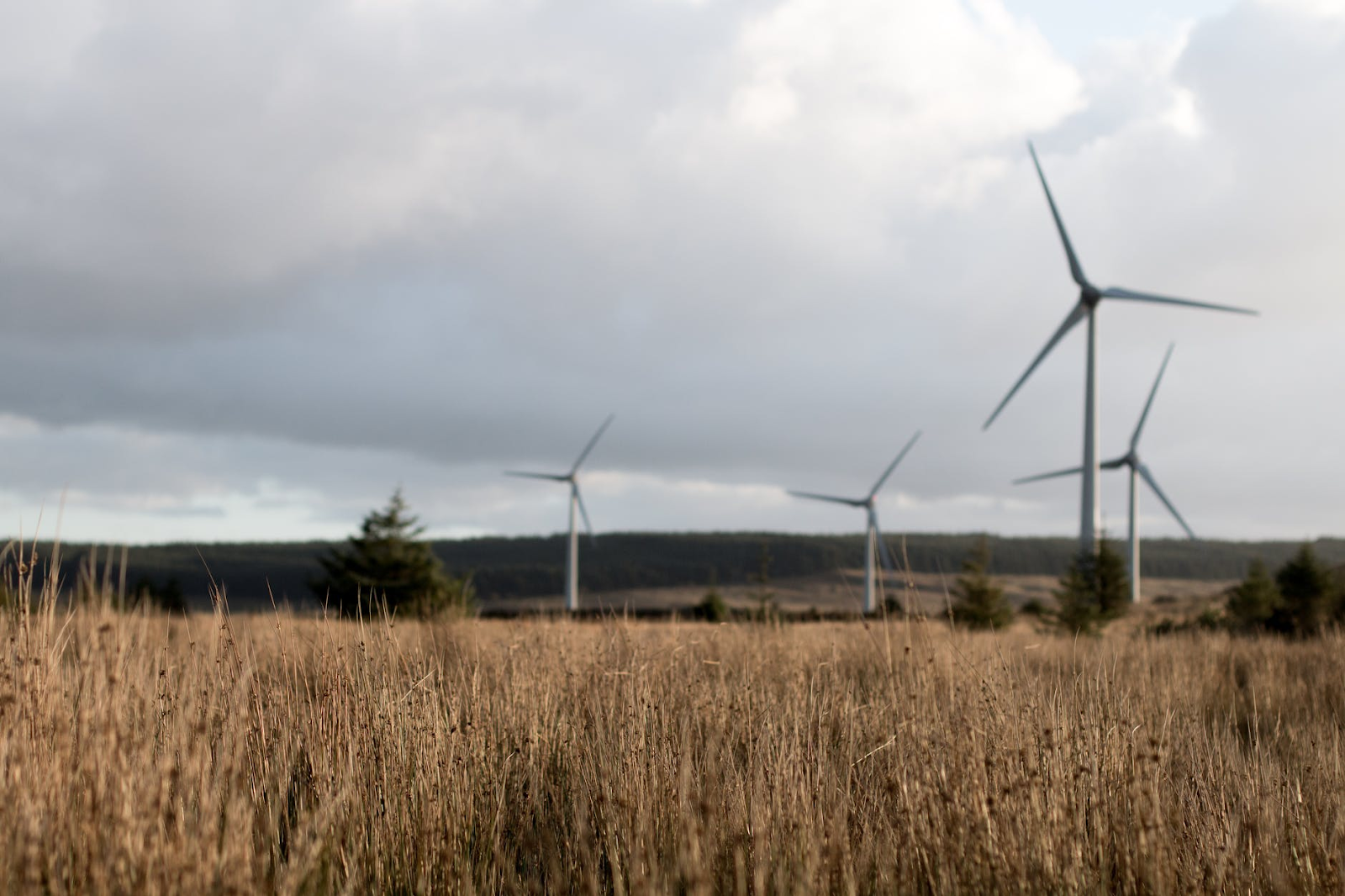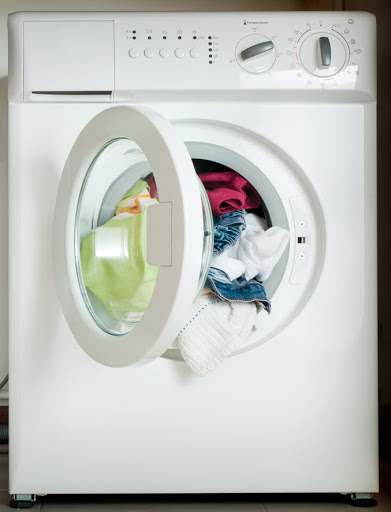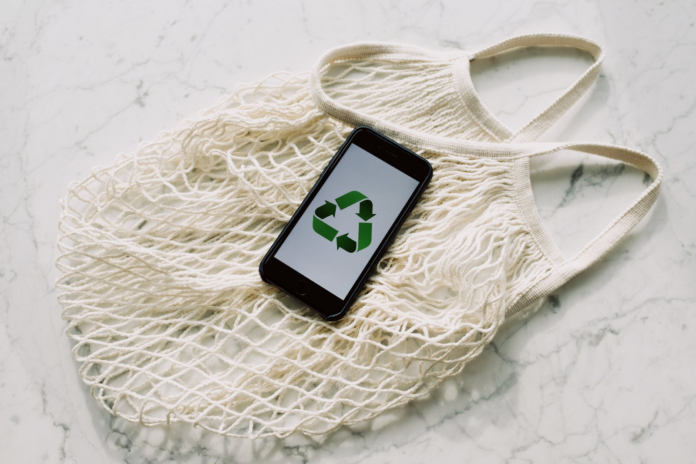The millennial generation is known for being savvy about climate change and how our actions impact the Earth. Fortunately, many of the changes that we make at home also have cost-saving implications.
If you’re looking to go green to save some green, try these seven sustainable cost-saving ideas for your home.
Choose a Green Energy Source
One of the best ways to make an impact is to choose a sustainable energy source. If you’re lucky enough to live in a deregulated area that lets you select an energy provider, you can visit EnergyBot to find a green energy source, like solar, wind, or hydro. Many of these providers will also offer rebates for staying under a certain consumption threshold.

If you can’t choose a green energy provider, consider installing sustainable energy sources on a smaller scale. A few solar panels can heat your pool or power the lights during the summer months.
Use Energy-Wise Landscaping Techniques
When most people think of saving money by taking an environmentally conscious approach to homeownership, they neglect the power of energy-wise landscaping. Planting a few native trees in the front yard can create a microclimate, blocking icy winter winds and providing shade in the summer.
Organize your landscaping wisely to direct a light breeze toward the house during the summer while allowing the sun to shine through in the winter. This approach will save you money in both cooling and heating your home.
Repurpose Food Scraps
Reducing food waste is an essential part of sustainable living, both environmentally and financially. The average US household wastes over $1800 in food per year.
While meal planning can help prevent waste on one side of things, repurposing food scraps can help at the other end. Plant roots and seeds of produce and regrow your groceries. Leafy vegetables, like lettuce, can grow continuously if cared for properly. Put whatever food scraps you don’t use in a compost to help nourish your gardens and future growth.
Install Aerators and Go Low-Flow
Wasting water takes a toll on both the environment and the budget. Install aerators in your taps and showers to mix water droplets with air. By doing so, you’ll increase the volume of the water droplets while reducing the actual amount of water used.

If you aren’t able to replace your older toilet with a low-flow model, put a brick in the tank. The brick will displace water so that less is being poured into each flush without negatively impacting the toilet’s functionality.
Eliminate Phantom Power
Your appliances are using energy even when you aren’t running them. Things like microwaves and DVD players use a continuous source of energy to power the clock and create that instant response when you click the power button.
You can eliminate phantom power by unplugging your appliances when they aren’t in use or using a power strip. Click the power strip off when you’re done with your appliances to cut back on your energy consumption.
Go Tankless
Tankless water heaters (AKA on-demand heaters) only heat water when you need it. These apparatuses are significantly smaller than a traditional water tank. Your pipes run through the wall mount and instantly heat the water when activated.
Traditional water tanks keep water hot for hours, waiting for you to use it. That means some days you’re retaining water hot for no reason and others you’re running out when everyone showers. Switching to a tankless heater only expends energy at the moment you need warm water.
Wash Full Loads
Finally, wait until your laundry or dishwasher is full before turning them on. You can also cut back further by turning down the water temperature. Use cold water to wash your clothing to cut on heating costs and keep your clothes looking brighter for longer.

With these seven tips, you can make simple changes that yield big cost savings over time. Better yet, you’ll be making the world a better place to live while doing it.


















